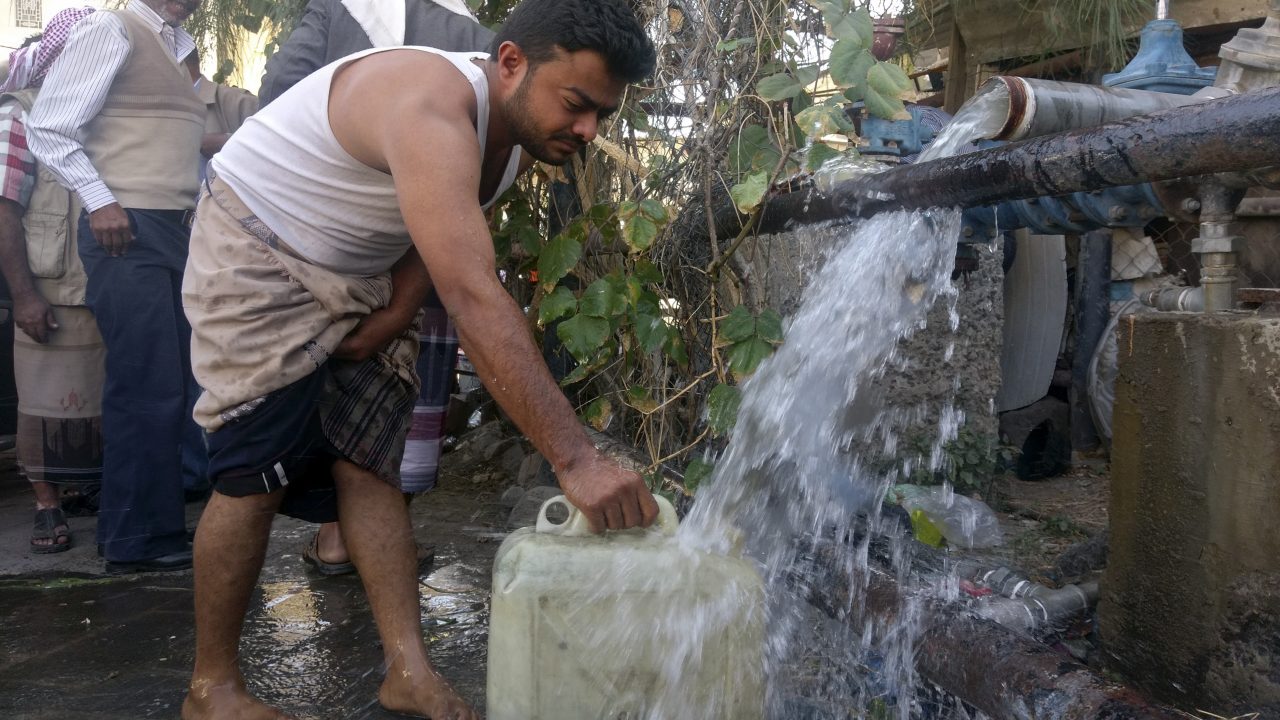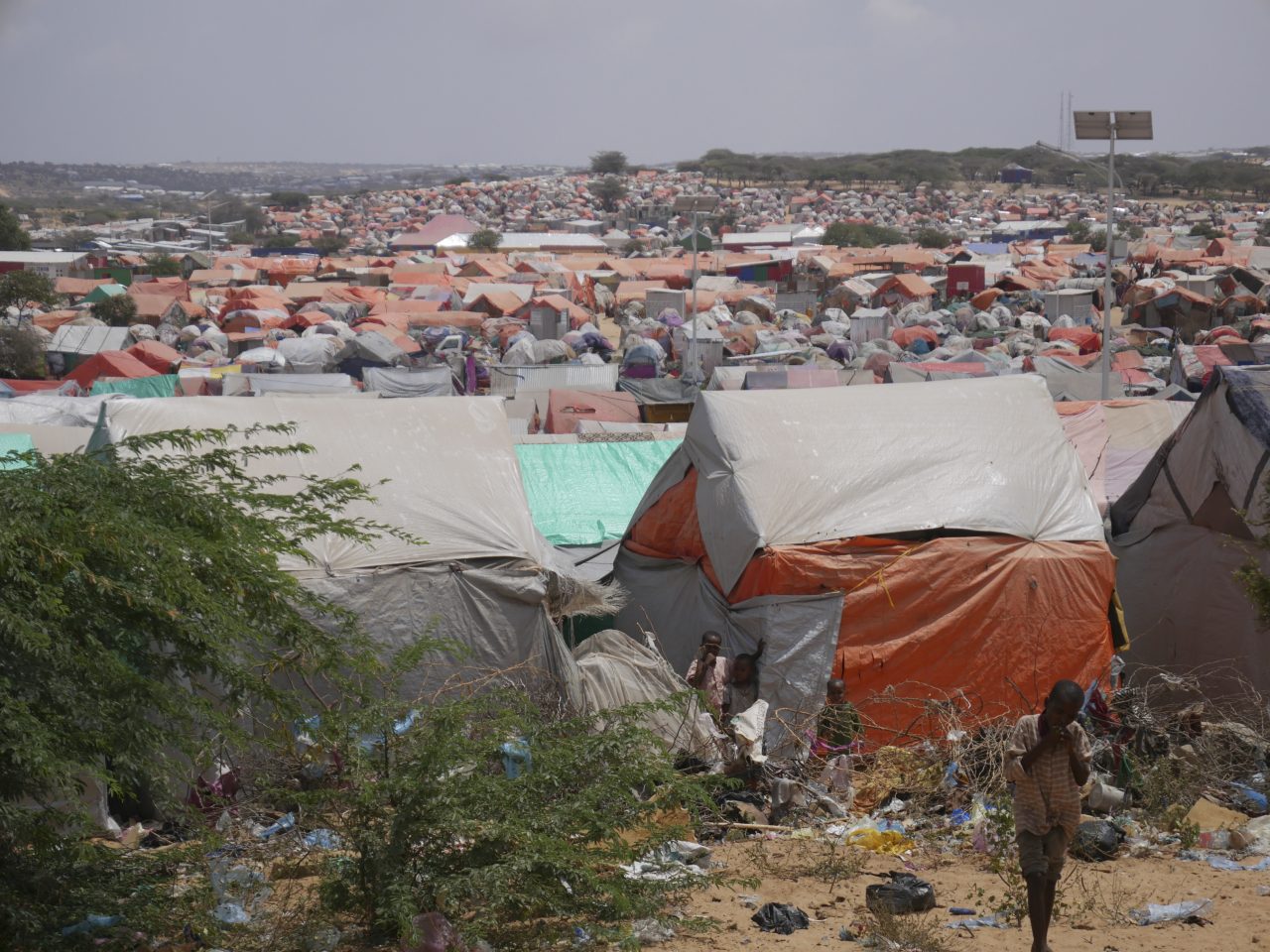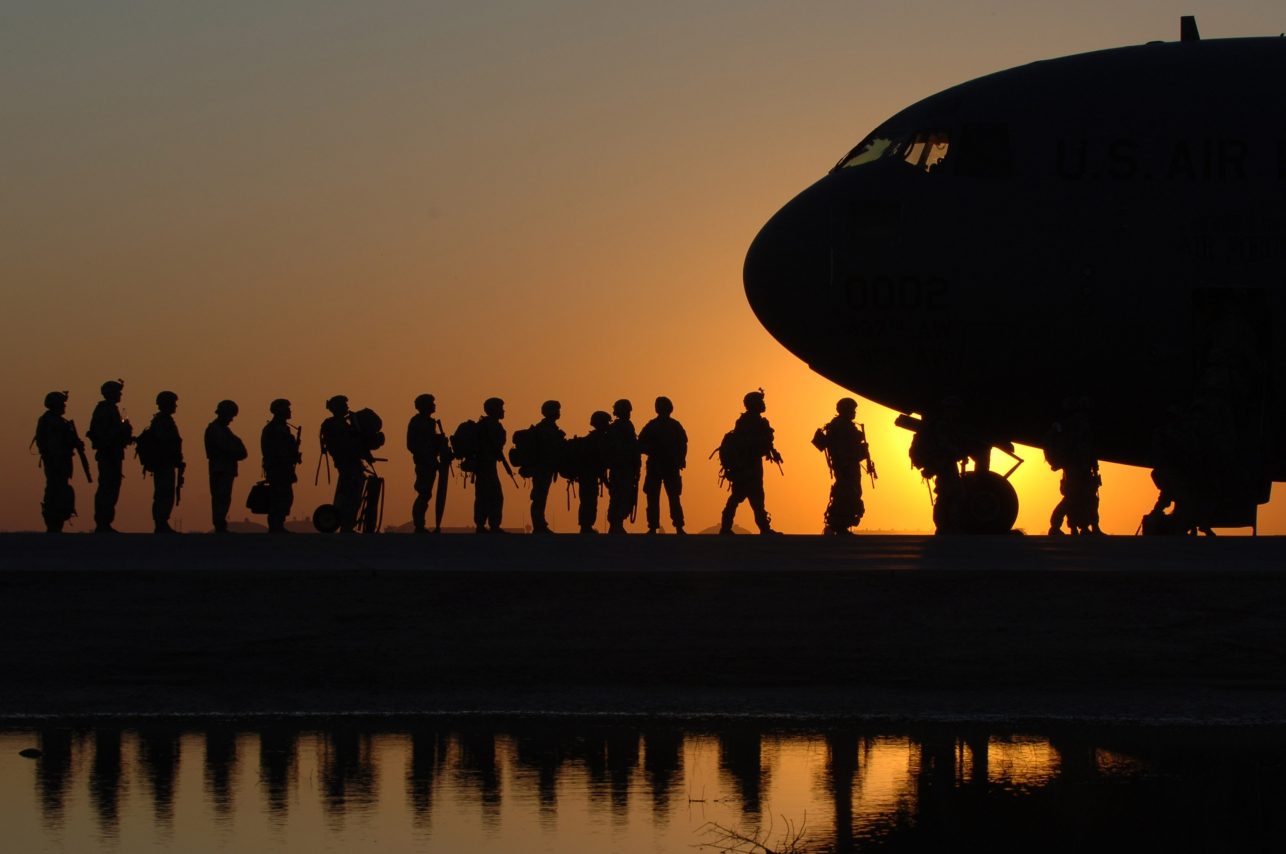Changing climate patterns
Climate change also means that in many conflict zones, weather patterns are less stable. The arid Lake Chad region, for example, has been getting hotter and drier for some time while seasonal rains no longer come when expected. When they do come, they are more intense. Dry periods, meanwhile, are getting longer.
“Without conflict, people would be better able to cope when the rains don’t come on time,” says Janani Vivekananda, a researcher with Adelphi, a Berlin-based think tank commissioned by the European Union to study the insecurity risks associated with climate change.
“In the past, if crops failed, the landowner might agree to let the farmer pay after the next crop cycle,” she says. “Now, because so much land is inaccessible due to the fighting, landowners can’t wait for their money. So the farmers have to pay even when crops fail. But how are they going to pay?”
In some areas, traditional dispute-resolution systems have been rendered non-functional, while customary laws about who can fish or farm where and when have also been disrupted, says Vivekananda. To survive the hard times, people sometimes cope by cutting down forests to make charcoal, provide sex for food or join armed groups, according to reports Adelphi provided to the European Union.
So what happens when the global climate continues to get even warmer, as many climate experts foresee? In a series of reports in 2018, climate scientists predict that global warming will have particularly harsh consequences for places such as the Middle East, North Africa and the Sahel, where temperature rises are outpacing the global average.
Some worry that climate change will exacerbate conflict over resources or lead to mass migration, or both, particularly where community or government coping mechanisms are weak. There is no consensus and much scepticism among security experts as to whether climate issues have played — or will play — a principle role in causing conflict.
But for humanitarian organizations, it is becoming increasingly clear that vulnerabilities caused by the overlap of climate change and conflict will grow even more severe. The question then becomes: how should humanitarian organizations prepare for and adapt to a future conflict zones will get hotter, drier and more susceptible to shocks such as floods, sandstorm, heatwaves and drought?
“The humanitarian response tends to be short term and humanitarian organizations often don’t think about the full environmental impact of their interventions,” says Adelphi’s Vivekananda, pointing to one recent example in the Lake Chad region.
“Humanitarian organizations provided plenty of food, but they did not provide fuel to cook the food,” she says. “So there was massive deforestation as people searched for sources of fuel. This degraded the landscape and worsened desertification, exposing people even more to sandstorms and floods.”
Similarly, the response of drilling more wells to meet the urgent need for water during emergencies also has consequences, says Michael Talhami, a policy expert for the ICRC who has worked for years in the Middle East.
“We now don’t drill wells unless we can justify it based on an understanding of the local hydrology, and we are sure it will not do irreparable harm to local water tables,” says Talhami, adding that drilling more wells in water-depleted areas can cause other wells and springs to dry up or for the water source to become contaminated. “Of course, in conflict, it is often difficult if not impossible to do extensive hydrological studies.”
In Yemen, this issue is brought into stark relief. “Normally, drilling a well would require a permit and a study so as not to over-tap the aquifer,” says Bruwer. “What we’ve seen in Yemen is a large-scale violation of this with people drilling boreholes left and right.”
The result is not only a receding water table, but in some parts of the country, the contamination of the water supply. As more fresh water was pumped out, salt water from the ocean slowly seeped in, rendering many wells useless.
Some of this over-drilling was done by well-intentioned humanitarian organizations. But much of it started earlier, as Yemen became more industrialized in the 1970s and people, farms and businesses bought their own water pumps. Age-old customs of regulation through local imams and local leaders fell apart.
With conflict now creating a further state of lawlessness, “we made a conscious decision to systematically reinforce the water authority’s role and work on sustainable solutions”, says Bruwer.
 Red Cross Red Crescent magazine
Red Cross Red Crescent magazine 







